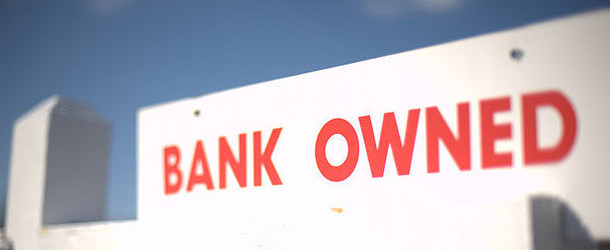A national mortgage lender based out of Wisconsin just unveiled a new home loan product with some rather unique features.
In short, it combines a hybrid adjustable-rate mortgage with a 20-year amortization period, a move designed to keep payments low while also sending more of that payment toward principal.
Call it an attack on the 30-year fixed, which many criticize for consisting mostly of interest and doing little to actually build home equity.
With the traditional 30-year fixed, homeowners’ payments are dominated by interest until nearly halfway through the 30-year term. That means borrowers don’t own much of their homes, especially if they put very little down.
Waterstone’s Wealth Building Loan
- The so-called Wealth Building Loan (WBL)
- Is a 7/1 ARM with a 20-year term
- This means borrowers will pay down the mortgage a lot faster
- While keeping monthly payments relatively affordable
To combat this trend and help homeowners build wealth, instead of simply paying interest, Waterstone Mortgage now offers the so-called “Wealth Building Loan,” which is available in 18 states.
It’s based on the work of Edward Pinto and Stephen Oliner of the American Enterprise Institute (AEI), the brains behind a similar loan program called the Wealth Building Home Loan (WBHL).
This particular iteration is quite a bit different than the WBHL, a 15-year fixed loan with an ultra-low mortgage rate that serves the same purpose of building equity fast.
As mentioned, it’s a 7/1 ARM, meaning it’s fixed for the first seven years before adjusting once annually. It’s also based on a shorter 20-year amortization period so monthly payments are larger than the standard 30-year fixed.
WBL monthly payment: $554.60 (first payment 45% interest)
30-year fixed monthly payment: $463.12 (first payment 67% interest)
I tinkered around with some numbers to illustrate the power of the Wealth Building Loan.
Let’s assume it’s a $100,000 loan amount set at 3%, compared to a 30-year fixed set at 3.75%.
The WBL would carry monthly payments of $554.60, thanks to the shorter payoff period, but the very first payment would consist of $304.60 in principal and $250.00 in interest.
Compare that to the standard 30-year fixed payment ($463.12), which consists of just $150.62 in principal and $312.50 in interest. It’s not until month 139 that principal actually exceeds interest.
With the WBL, principal exceeds interest on the very first month. This is what makes the WBL so powerful, assuming you actually want to pay off your mortgage as opposed to investing the money elsewhere.
This also allows homeowners to drop their PMI up to four years sooner relative to a 30-year fixed with a 3% down payment (aka Freddie Mac Home Possible Advantage).
The trade-off, of course, is that the monthly payment is higher on the WBL, though they’re able to keep it in check with the use of a lower-rate hybrid ARM. The risk being an interest rate adjustment after those seven years are up.
Not sure what a homeowner would do after those seven years if rates were substantially higher, but I’m assuming they’re banking on most folks selling or refinancing before those seven years are up.
Wealth Building Loan (WBL) Rules
– Must be an owner-occupied, primary residence
– One-unit properties only, condos permitted
– Max loan amount $417k (higher in FHFA high-cost areas)
– Loan type is 7/1 ARM with 20-year amortization period
– Down payment is not required
– Mortgage insurance can be eliminated up to four years sooner
All in all, it’s an intriguing loan option that could help us avoid another housing crisis because homeowners would actually have plenty of equity to serve as a cushion if payments were to become unaffordable.
During the recent crisis, borrowers didn’t have any skin in the game so it was easy to walk away when prices took a turn for the worse or payments became unmanageable.
If homeowners are actually invested in their homes we might be able to prevent a similar crisis, even if home prices do overextend themselves at times.

